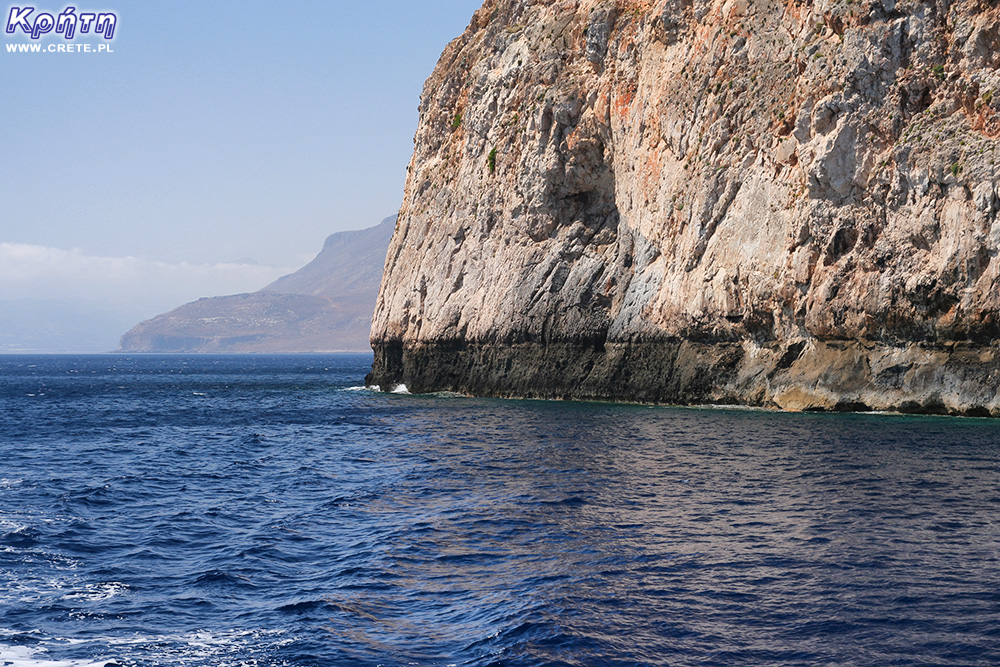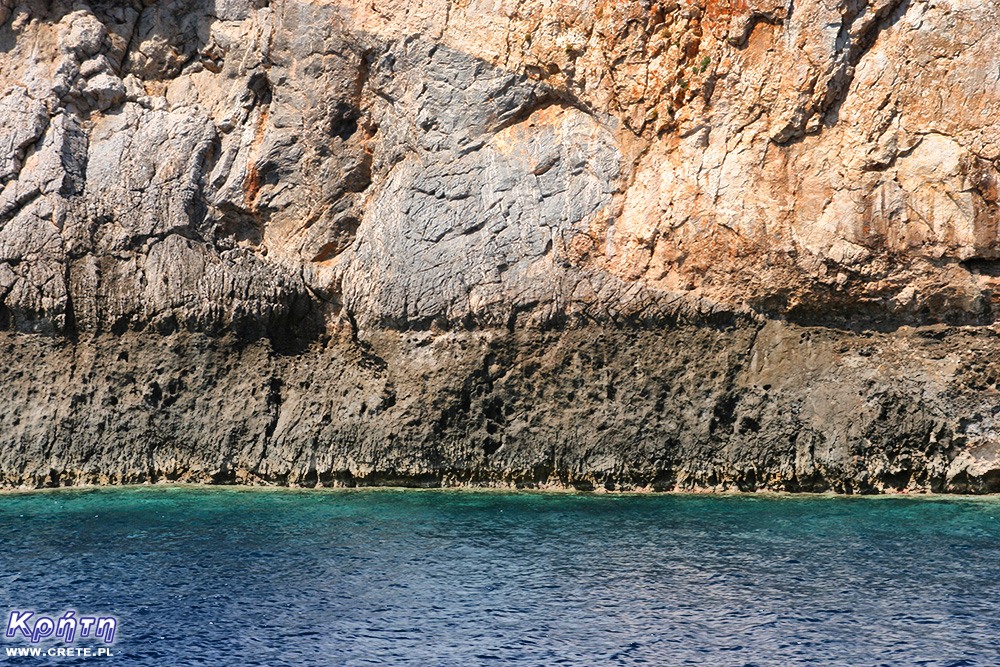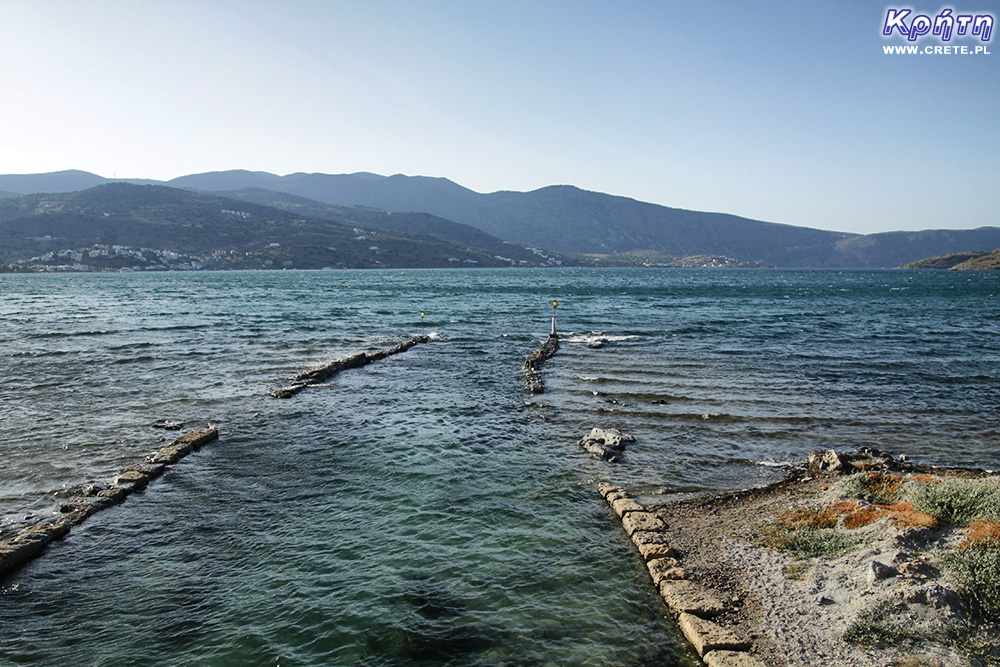
 2023-02-09 20:07:31
2023-02-09 20:07:31
Since Monday morning, the world has been following reports from Turkey and Syria. These places were hit by a huge earthquake. The death toll has already exceeded 19,000 and, unfortunately, continues to rise. Turkish seismologist Ogun Ahmet Ercan, based on his calculations, predicts that about 184,000 people may still be buried under the rubble. This is quite an extreme scenario, but, says Konstantinos Synolakis, an academic professor of natural disasters, it can unfortunately work. In addition, people still alive in destroyed buildings are running out of the so-called. window of life. This is how the time that passes after the collapse of the buildings is defined, in which the buried people have the best chance of survival. This specific window usually lasts about 72 hours, and after it passes, the chances of survival of people drastically decrease. On the sixth day after the collapse of buildings, the survival rate of people does not exceed 3%.

Rocky coast passing by during the cruise to Balos.
On the rocks there is a clear groove marking the former sea level.
We bring this topic up because Greece is also a very seismically active country and experiences frequent earthquakes. Nowadays, however, they are weak and generally local in scope, especially compared to the catastrophe that took place a few days ago in Turkey and Syria. In the context of these recent events, Greek experts dealing with the subject of earthquakes also expressed their opinions.
However, in the history of Greece and especially Crete, catastrophic earthquakes also took place. As Professor Synolakis points out, in this region such megaquakes of above-average strength occur cyclically every 600 years. One of the earthquakes that had the greatest impact on Crete happened in 365 BC. It was so strong that within a few minutes it changed the shape of the island and the west coast was raised by 10 meters. The characteristic groove of the rocks marking the former immersion level can be observed today during the cruise to Balos.

The former sea level groove is well above the current waterline.
One of the consequences of raising the coastline was the annihilation of the port of Falasarna. The higher location meant that the former port could no longer perform its functions and the city itself gradually depopulated. The then inhabitants moved to other parts of Crete in search of a place to live. Currently, the ruins of the port and the former commercial city are about 100 meters from the sea.
According to historical records, the catastrophe that happened then shocked the ancient world with its size. The cataclysm destroyed many of the then large cities and killed thousands in coastal areas stretching from what is now Croatia, Greece to the Nile Delta in Egypt.

The consequence of the last giant earthquake in Crete was the flooding of the city of Olous in the eastern part of Crete.
The last major earthquake in Crete occurred in 1403. The professor emphasizes that we are again in the "window" in which we can witness a large earthquake with a power of up to 8.5 degrees on the Richter scale.
After Monday's earthquake, Turkey lying on the Anatolian plate was moved towards Greece by 3 meters. This movement of the tectonic plate, scientists predict, could cause further stresses within the North Anatolian Fault. The accumulated energy then will have to find an outlet. It is best if the accumulated stress is discharged during a large number of small but frequent tremors. Worse if there are no tremors for a long time. In such a situation, a huge destructive energy will accumulate underground, which at some point will be released in a series of strong shocks.
Gerasimos Papadopoulos, researcher, seismologist and scientific partner of UNESCO, also spoke in this context. He estimated that an earthquake of more than 6 on the Richter scale is possible in Greece this year. As Papadopoulos said, on average, every year in Greece there are tremors with a strength of about 5-6 degrees. However, no quakes of this magnitude occurred in 2022. This in turn increases the chances of a stronger earthquake this year. However, as the seismologist emphasizes, if it happens in the sea area, then perhaps there will be no major negative consequences for people. For which of course we will keep our fingers crossed.
Komentarze
Wypełnij poniższy formularz aby dodać komentarz
lub kliknij w poniższy link aby skorzystać z możliwosci komentowania przez facebooka:
https://www.facebook.com/crete.poland/posts/563860175788251